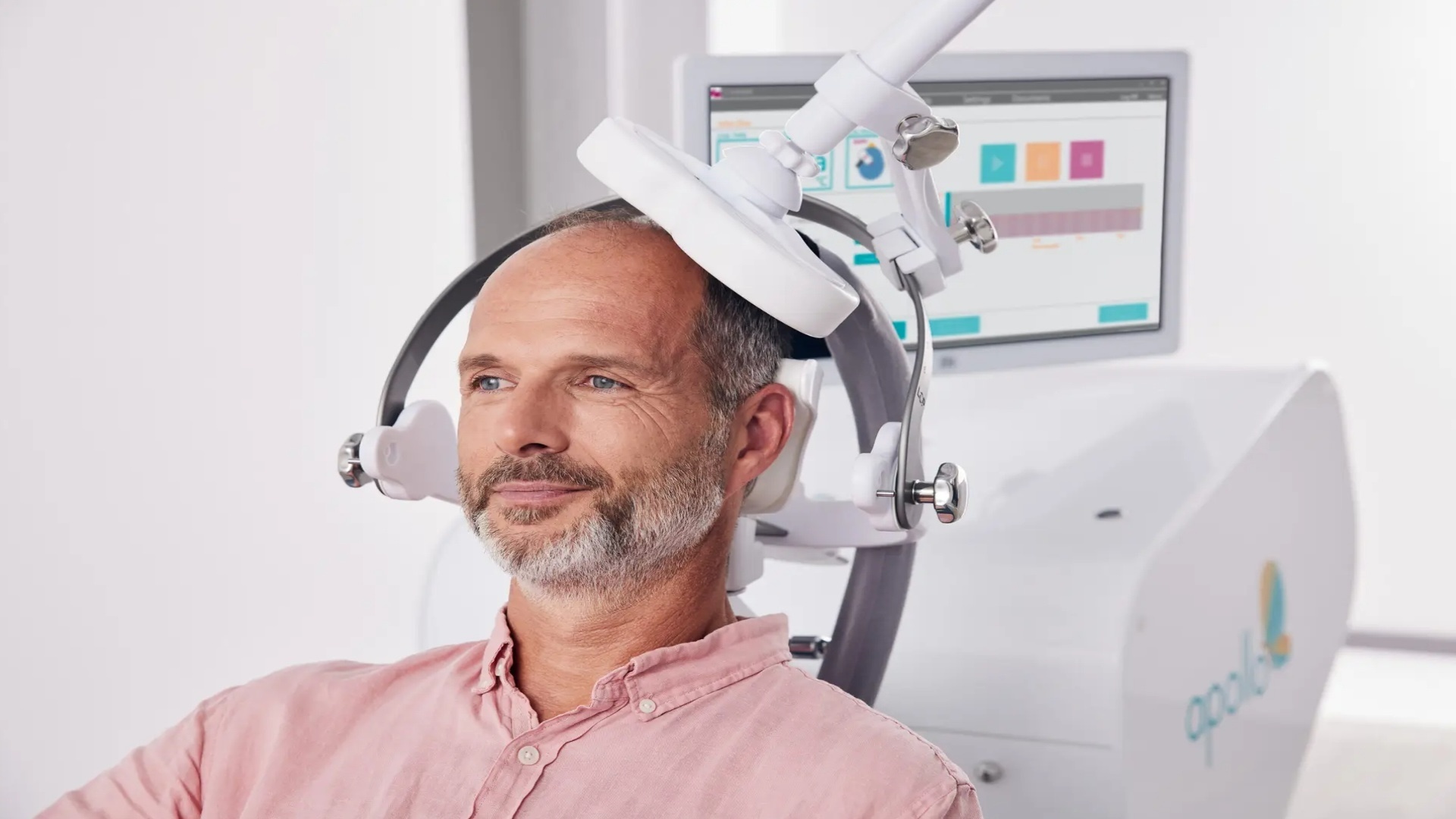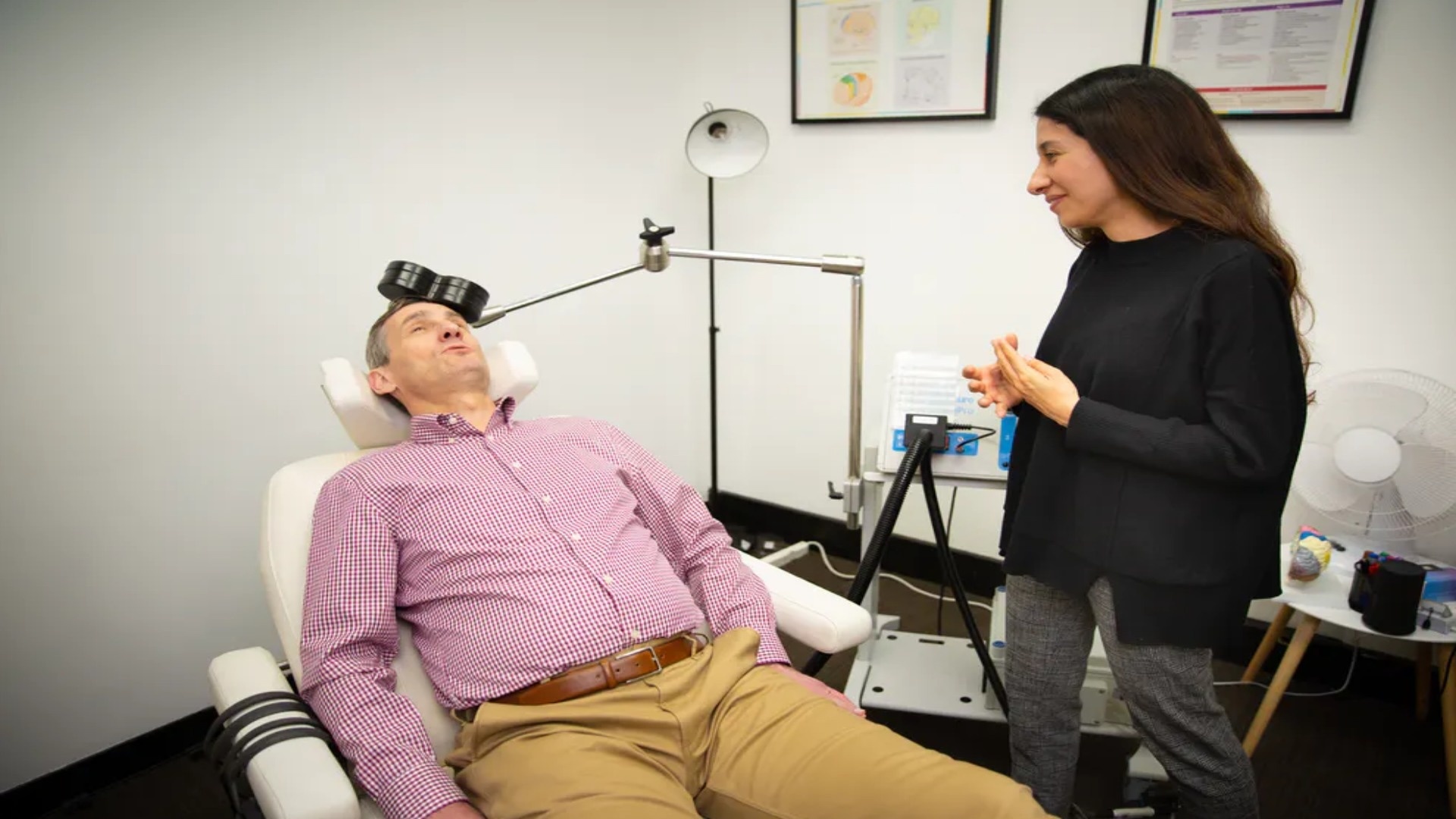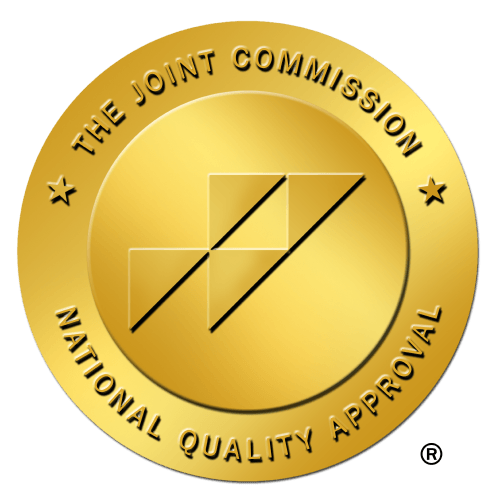TMS Therapy for PTSD Exploring Treatment Options


Explore TMS therapy for PTSD and discover effective treatment options. Learn how CBT therapy Orange County complements TMS for lasting mental health recovery.
Living with PTSD can feel overwhelming, affecting every aspect of your life, from daily interactions to your overall well-being. Traditional treatments like medication and CBT therapy Orange County have helped many, but not everyone finds relief. That’s where Transcranial Magnetic Stimulation (TMS) offers new hope—a non-invasive therapy designed to target brain regions affected by PTSD.
At The Forge Recovery Center, we are committed to providing innovative, personalized treatment options to help you regain control and heal. In this article, we will explore how TMS therapy works, its effectiveness for PTSD, and how it can be integrated into a comprehensive recovery plan.
Understanding PTSD

Post-Traumatic Stress Disorder (PTSD) is a mental health condition triggered by experiencing or witnessing a traumatic event. It can develop after events such as military combat, physical or emotional abuse, serious accidents, natural disasters, or personal assaults. PTSD is more than just a reaction to stress—it alters brain function, making it difficult for individuals to process fear and emotions in a healthy way.
Common symptoms of PTSD include:
Intrusive thoughts – Flashbacks, nightmares, or distressing memories.
Avoidance behaviors – Staying away from places, people, or activities that serve as reminders of the trauma.
Negative mood changes – Persistent feelings of guilt, shame, or emotional numbness.
Hyperarousal – Heightened anxiety, irritability, difficulty sleeping, and being easily startled.
Who Is Affected by PTSD?

PTSD affects millions worldwide, with approximately 6% of adults in the U.S. experiencing PTSD at some point in their lives. Certain groups are at higher risk, including:
Veterans and first responders due to exposure to life-threatening events.
Survivors of abuse or assault, including childhood trauma.
Individuals struggling with addiction, as PTSD and substance use disorders often co-occur.
Men and women experience PTSD differently. Studies show that women are twice as likely to develop PTSD, often linked to personal violence or abuse. However, many men also suffer in silence, particularly those who avoid seeking help due to stigma.
Traditional PTSD Treatments and Their Limitations
For years, PTSD treatment has relied on a combination of:
Psychotherapy (Talk Therapy) – Approaches like CBT therapy Orange County help individuals reframe negative thoughts and manage triggers. Trauma-focused CBT and EMDR (Eye Movement Desensitization and Reprocessing) are commonly used.
Medication – Antidepressants and anti-anxiety medications can help manage symptoms but may not work for everyone and can cause side effects.
Exposure Therapy – Gradual exposure to trauma-related triggers in a safe environment can reduce fear responses.
While these methods are effective for many, not all individuals respond well to traditional treatments. Some struggle with medication side effects, while others find that talk therapy alone does not fully alleviate their symptoms. This treatment gap has led to increased interest in alternative therapies like Transcranial Magnetic Stimulation (TMS), which offers a promising option for those seeking non-invasive solutions.
In the next section, we will explore how TMS therapy works and why it is gaining recognition as a groundbreaking treatment for PTSD.
What Is TMS Therapy?

Transcranial Magnetic Stimulation (TMS) is a non-invasive, FDA-approved treatment that uses electromagnetic pulses to stimulate specific areas of the brain involved in mood regulation. Unlike medication, which affects the entire body, TMS directly targets the neural circuits responsible for conditions like PTSD, depression, and anxiety.
During a TMS session:
A magnetic coil is placed on the scalp, delivering painless pulses to stimulate brain activity.
The treatment is non-surgical and requires no anesthesia—patients remain awake and alert.
Sessions typically last 20 to 40 minutes, with treatment plans spanning several weeks.
TMS is designed to rewire the brain’s response to stress and trauma, offering relief where traditional treatments may fall short.
FDA-Approved Uses and Mental Health Applications
The FDA first approved TMS therapy in 2008 for treatment-resistant depression. Since then, its use has expanded to conditions such as:
Major Depressive Disorder (MDD) – Particularly for individuals who do not respond to antidepressants.
Obsessive-Compulsive Disorder (OCD) – Helping to reduce compulsive thoughts and behaviors.
Anxiety Disorders – Modulating brain activity in anxiety-prone regions.
Post-Traumatic Stress Disorder (PTSD) – Though not yet FDA-approved specifically for PTSD, research and clinical trials show promising results, and many treatment centers offer it as an off-label option.
At The Forge Recovery Center, we integrate TMS therapy into personalized treatment plans for PTSD and co-occurring mental health conditions.
How TMS Compares to Other Neuromodulation Techniques
TMS is one of several brain stimulation therapies used in psychiatry. Here’s how it compares to other common approaches:
Treatment: TMS
How It Works: Uses magnetic pulses to stimulate brain
Invasiveness: Non-invasive
FDA- Approved Uses: Depression, OCD, Anxiety (investigational for PTSD)
Side Effects: Mild headache, scalp discomfort
Treatment: Electroconvulsive Therapy (ECT)
How It Works: Electrical currents induce controlled seizures to reset brain activity
Invasiveness: Requires anesthesia, more intensive
FDA- Approved Uses: Severe depression, bipolar disorder
Side Effects: Memory loss, confusion, physical side effects
Treatment: Vagus Nerve Stimulation (VNS)
How It Works: Implanted device sends electrical impulses to the brain
Invasiveness: Surgical procedure
FDA-Approved Uses: Epilepsy, treatment-resistant depression
Side Effects: Voice changes, neck pain, breathing issues
Treatment: Deep Brain Stimulation (DBS)
How It Works: Electrodes are implanted in the brain to regulate neural circuits
Invasiveness: Highly invasive, requires brain surgery
FDA-Approved Uses: Parkinson’s, severe OCD
Side Effects: Surgical risks, infection, mood changes
Unlike ECT and DBS, which require hospitalization or surgery, TMS is a safer, office-based procedure with minimal side effects. This makes it an attractive option for individuals seeking a non-invasive approach to PTSD treatment.
Are You Struggling with Mental Health or Addiction?
We Can Help. Call Us Now!
CALL: 877-839-1772
Efficacy of TMS in Treating PTSD

Research on Transcranial Magnetic Stimulation (TMS) for PTSD has shown promising results, particularly for individuals who have not responded well to traditional treatments like CBT therapy Orange County or medication. TMS works by targeting the prefrontal cortex, a brain region involved in emotional regulation, which is often disrupted in PTSD patients.
Several studies and clinical trials support the effectiveness of TMS in reducing PTSD symptoms:
A 2018 study published in JAMA Psychiatry found that 68% of participants with PTSD experienced significant symptom reduction after receiving TMS therapy.
A 2020 meta-analysis in Neuropsychopharmacology reported that TMS led to improvements in emotional regulation, flashbacks, and anxiety levels in PTSD patients.
The U.S. Department of Veterans Affairs has conducted trials on TMS for combat veterans, showing that many experience long-term symptom relief with continued sessions.
While TMS is not yet FDA-approved specifically for PTSD, these findings highlight its potential as an effective alternative for those seeking relief from trauma-related symptoms.
How TMS Therapy Compares to Traditional PTSD Treatments
Traditional PTSD treatments, such as Cognitive Behavioral Therapy (CBT) and medication, can be effective, but they don’t work for everyone. Here’s how TMS compares:
Treatment: CBT & Talk Therapy
Effectiveness: Effective for some, but requires long-term commitment
Side Effects: None, but some patients struggle to engage due to trauma-related avoidance
Treatment Duration: Several months to years
Treatment: Medication (SSRIs, Benzodiazepines, etc.
Effectiveness: Helps some, but can cause dependency issues
Side Effects: Weight gain, drowsiness, sexual dysfunction
Treatment Duration: Ongoing, with risk of withdrawal
Treatment: TMS Therapy
Effectiveness: Effective in many cases where other treatments fail
Side Effects: Mild scalp discomfort, temporary headaches
Treatment Duration: Daily sessions for 4-6 weeks, long-lasting results
Key Benefits of TMS for PTSD:
Non-invasive & drug-free – Unlike medications, TMS does not introduce chemicals into the body.
Minimal side effects – Patients typically experience mild scalp discomfort or headaches, which subside after a few sessions.
Effective for treatment-resistant PTSD – Many individuals who do not respond to traditional therapies find relief with TMS.
No cognitive impairment – Unlike Electroconvulsive Therapy (ECT), TMS does not cause memory loss or confusion.
For those struggling with PTSD, especially when CBT therapy Orange County or medications have not provided sufficient relief, TMS offers a science-backed, non-invasive alternative that is gaining widespread recognition.
Integrating TMS with Other Therapies
While TMS therapy is an effective standalone treatment for PTSD, research suggests that combining it with Cognitive Behavioral Therapy (CBT) can lead to even better results. CBT therapy Orange County is widely used to help individuals reframe negative thoughts, develop coping strategies, and process trauma in a structured, therapeutic setting.
TMS and CBT work well together because they target PTSD from different angles:
TMS focuses on brain function, using magnetic pulses to stimulate underactive regions responsible for emotional regulation.
CBT focuses on thought patterns, helping patients identify and challenge unhelpful beliefs related to their trauma.
By combining these approaches, individuals can experience faster symptom relief and long-term improvements in mental resilience.
The Benefits of a Combined Treatment Approach
For many PTSD sufferers, TMS therapy alone can reduce symptoms like anxiety, flashbacks, and emotional numbness—but without therapy, they may still struggle with deeply ingrained trauma responses. CBT helps bridge this gap by providing patients with the tools to:
Process traumatic memories in a guided, structured manner.
Develop coping mechanisms to manage PTSD symptoms in daily life.
Address negative thinking patterns that reinforce fear, avoidance, or self-blame.
A 2021 study published in Depression and Anxiety found that patients who received both TMS and CBT showed greater symptom improvement than those who underwent either treatment alone. This supports the idea that a multimodal approach leads to deeper, longer-lasting healing.
Personalized Care at The Forge Recovery Center

At The Forge Recovery Center, we take an individualized approach to PTSD treatment, integrating TMS with CBT therapy Orange County, trauma-informed care, and holistic wellness strategies. This ensures that every patient receives a tailored recovery plan that addresses both the neurological and psychological aspects of PTSD.
Are You Struggling with Mental Health or Addiction?
We Can Help. Call Us Now!
CALL: 877-839-1772
PTSD Controlling Your Life? We’re Here to Help
PTSD can feel overwhelming, but TMS therapy offers new hope for those who haven’t found relief with traditional treatments. By stimulating key areas of the brain, TMS can help reduce PTSD symptoms and improve overall mental well-being. If you’re struggling, The Forge Recovery Center is here to support you with personalized treatment plans that integrate TMS, CBT therapy Orange County, and holistic care. You don’t have to navigate this alone—reach out today, and let’s take the first step toward your recovery together.
Are You Struggling with Mental Health or Addiction?
We Can Help. Call Us Now!
CALL: 877-839-1772





